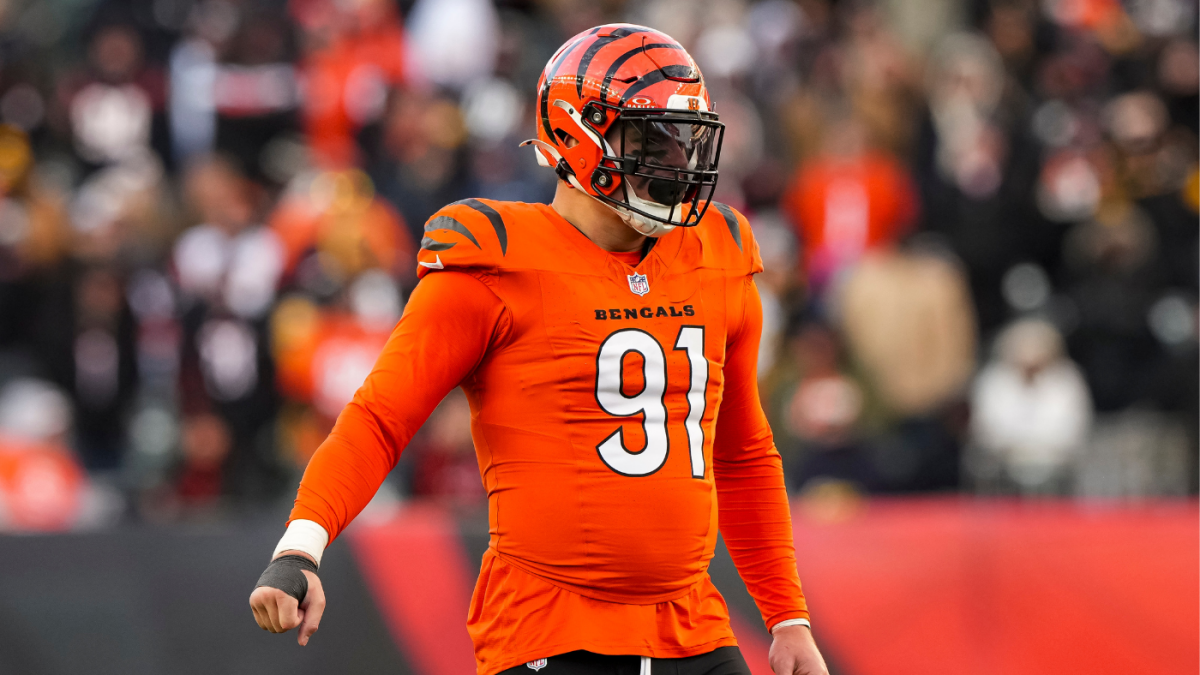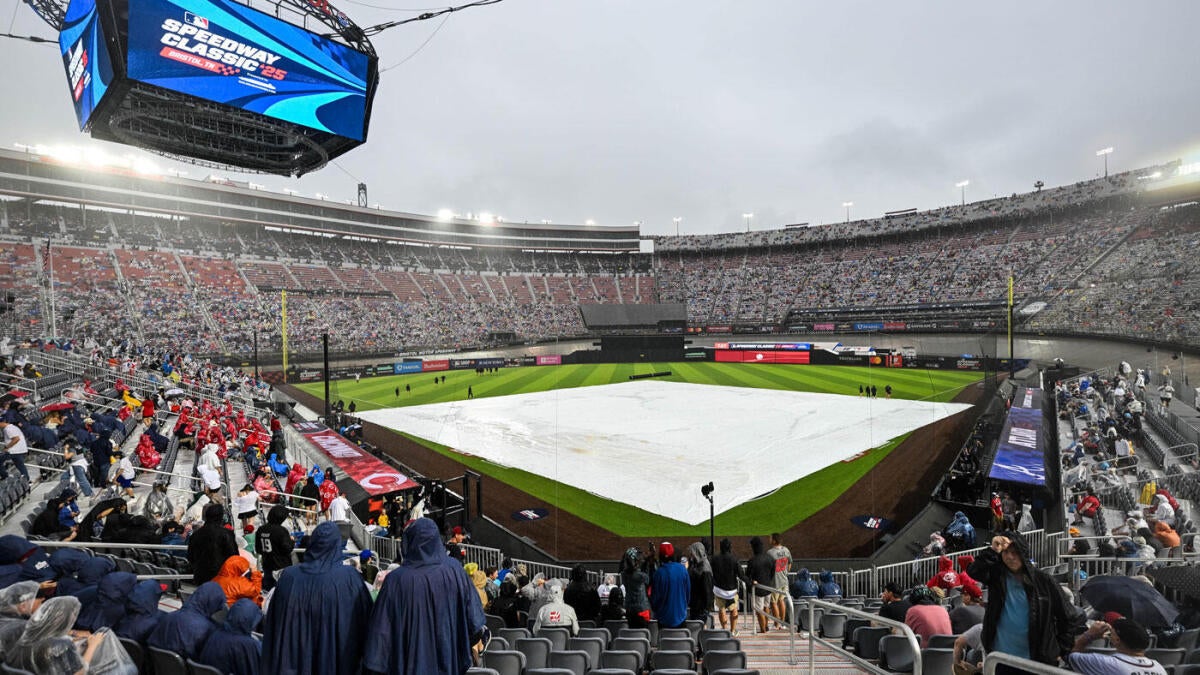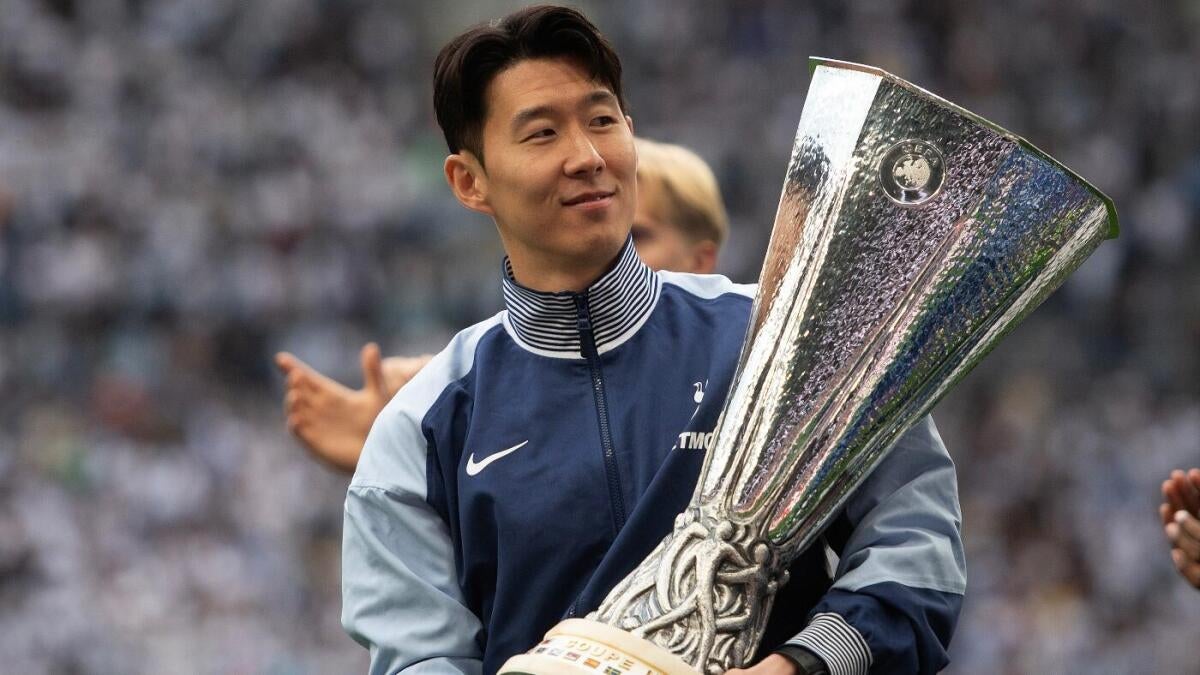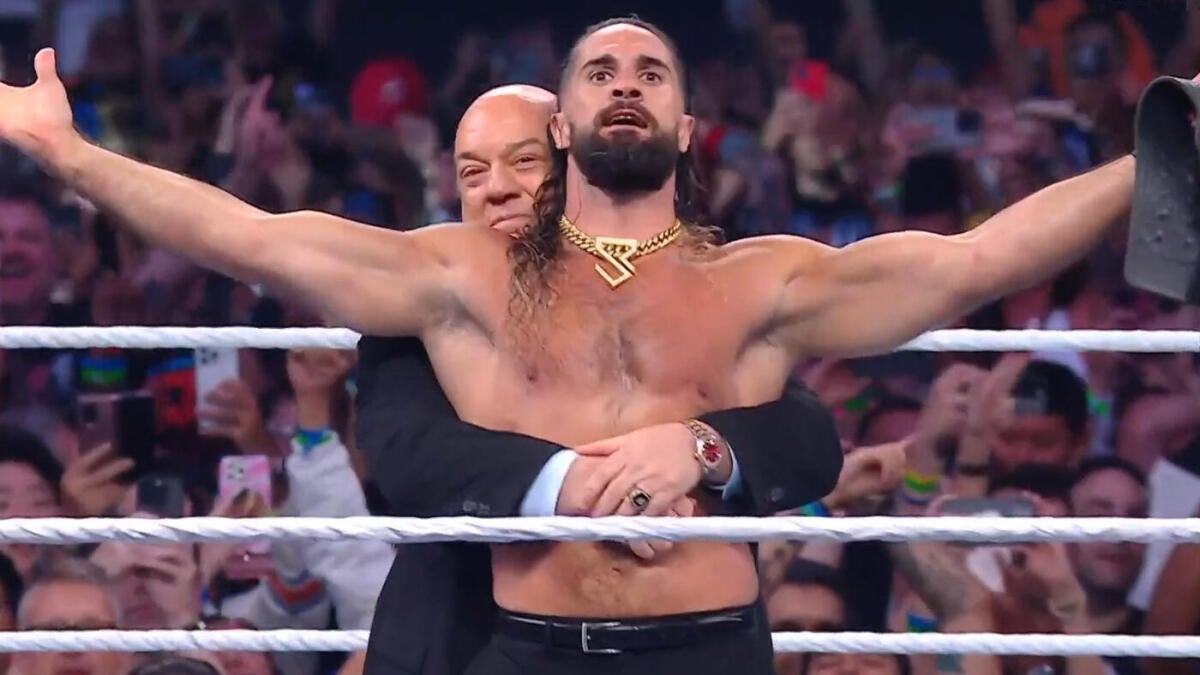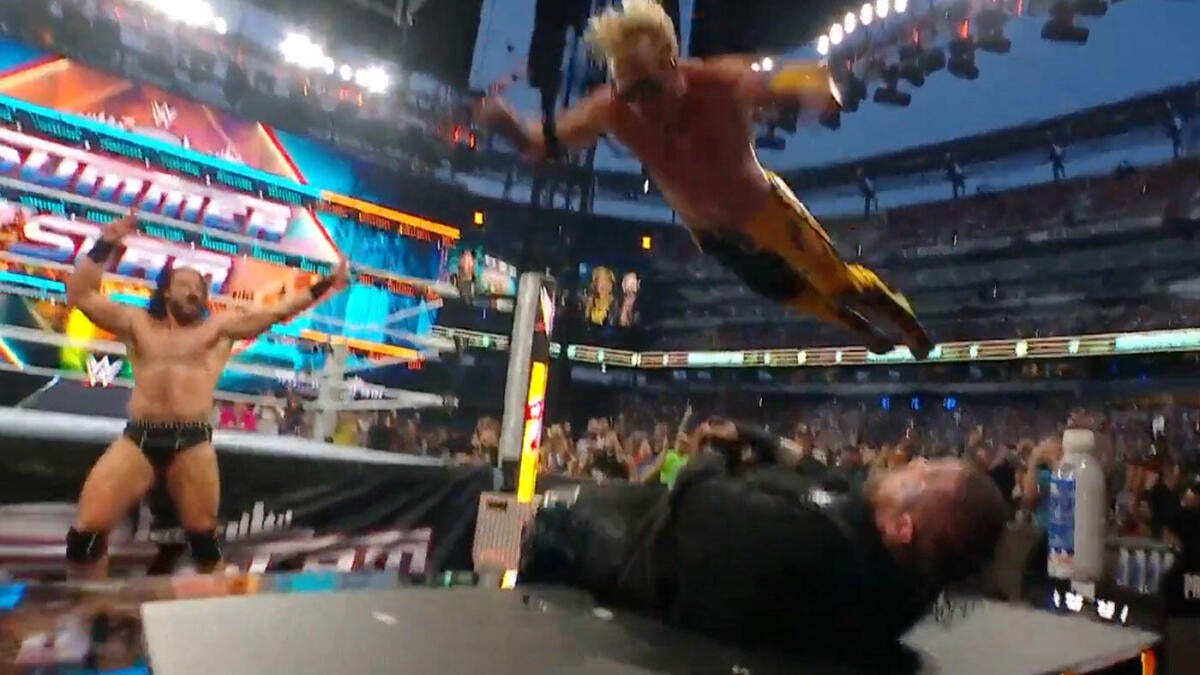The Complex Dynamics of NFL Contract Disputes: A Case Study of Trey Hendrickson’s Holdout
Introduction: The Intersection of Talent and Finance
In the high-stakes world of professional football, the relationship between players and teams is a delicate balance of talent, finance, and ambition. The recent contract dispute involving Trey Hendrickson, the Cincinnati Bengals’ star pass rusher, offers a compelling case study in the intricate dynamics of NFL negotiations. Hendrickson’s decision to hold out from training camp, which he later described as averting a “selfish act,” underscores the multifaceted nature of these disputes. This situation provides a unique lens through which to examine the motivations behind holdouts, the impact on team cohesion, and the strategic maneuvers employed by both players and management.
The Roots of the Holdout: Discontent and Leverage
At the heart of Hendrickson’s holdout lies a fundamental dissatisfaction with his current contract. Entering the final year of his deal, Hendrickson’s performance has arguably surpassed the value of his existing compensation. This discrepancy is a common catalyst for holdouts in the NFL, as players seek to align their earnings with their on-field contributions. By withholding their services, players aim to disrupt training camp preparations and pressure management into renegotiating their contracts.
Hendrickson’s absence from camp sent a clear message to the Bengals’ front office: his production and importance to the team’s defense warrant a contract that reflects his market value. This tactic allows him to exert leverage without explicitly demanding a trade, which could limit his future options. The holdout serves as a non-violent protest, a way for Hendrickson to assert his worth without burning bridges.
The “Selfish” Factor: Team Dynamics and Mentorship
Hendrickson’s decision to end his holdout was framed around avoiding a “selfish act.” He emphasized the importance of not “punishing the young players and not being a part of their development.” This statement highlights a critical consideration for veteran players contemplating a holdout: the potential impact on team chemistry and the mentorship role they play.
A prolonged holdout can create tension within a team, particularly if it disrupts training camp. Younger players may resent a veteran who prioritizes financial gains over team success. Moreover, Hendrickson’s absence would deprive rookies and less experienced players of his guidance, hindering their development. By returning to the team, Hendrickson aims to mitigate these negative consequences and maintain a positive influence in the locker room. This decision suggests a level of self-awareness and concern for the team’s overall well-being, which could ultimately strengthen his position in negotiations.
The Bengals’ Perspective: Balancing Act and Risk Assessment
From the Bengals’ standpoint, the Hendrickson contract situation presents a complex balancing act. The team must weigh the value of retaining a key player against the financial implications of a contract extension. The Bengals have a history of cautious spending, but they also recognize the importance of keeping their star players satisfied. Allowing Hendrickson to leave would create a significant void in their defense and potentially derail their Super Bowl aspirations. However, offering him a lucrative extension could strain their salary cap and limit their ability to sign other players in the future.
The team’s response to Hendrickson’s holdout indicates a willingness to engage in negotiations while protecting their financial interests. The ongoing discussions suggest that both sides are seeking common ground, but significant differences likely remain. The Bengals must decide how much they are willing to invest in Hendrickson and whether they believe he is worth the long-term financial commitment.
Potential Solutions: Guarantees and Fair Market Value
Several potential solutions could resolve the contract dispute between Hendrickson and the Bengals. One option is to provide Hendrickson with more guaranteed money in his existing contract. Guarantees offer players financial security, ensuring payment even if they are injured or released. Increasing the guaranteed amount in Hendrickson’s contract could satisfy his desire for security without significantly increasing the team’s salary cap burden.
Another option is to negotiate a contract extension that reflects Hendrickson’s fair market value. This involves comparing his production and performance to other top pass rushers in the league and offering a contract in line with their salaries. Determining fair market value is complex, considering factors such as age, injury history, and overall impact on the team.
A former NFL agent has suggested that a fair deal is possible with creative structuring and a willingness to compromise. Ultimately, the Bengals must decide how much they are willing to invest in Hendrickson and whether they believe he is worth the long-term financial commitment.
The Broader Implications: Holdouts and Player Empowerment
The Hendrickson contract saga is part of a larger trend of player empowerment in the NFL. Players are increasingly willing to use their leverage to negotiate better contracts and exert greater control over their careers. This trend is driven by the increasing value of star players, the rise of social media as a platform for player advocacy, and the growing awareness of the short shelf life of an NFL career.
Holdouts are just one manifestation of this empowerment movement. Players are also becoming more vocal about issues such as player safety, social justice, and mental health. This activism is reshaping the NFL landscape, forcing teams to adapt to a new era of player-management relations. The Hendrickson situation serves as a reminder that players are not merely commodities but individuals with their own goals, values, and aspirations.
Conclusion: A Test of Wills and a Lesson in Negotiation
The Trey Hendrickson contract dispute is a test of wills between a star player and a franchise with Super Bowl aspirations. While Hendrickson’s decision to end his holdout is a positive step, the underlying issues remain unresolved. The outcome of these negotiations will have significant implications for both Hendrickson and the Bengals.
For Hendrickson, it will determine his financial security and long-term future with the team. For the Bengals, it will impact their ability to compete for a championship and their overall approach to player management. The situation highlights the complexities of NFL contract negotiations and the importance of communication, compromise, and understanding the perspectives of all parties involved.
Ultimately, the Hendrickson saga serves as a valuable lesson in the art of negotiation, reminding us that success requires not only a clear understanding of one’s own goals but also a deep appreciation for the motivations and constraints of the other side. Whether this specific situation ends in triumph or tribulation for either party involved, the insights gained from this case will undoubtedly inform future negotiations and shape the ever-evolving landscape of the NFL.







